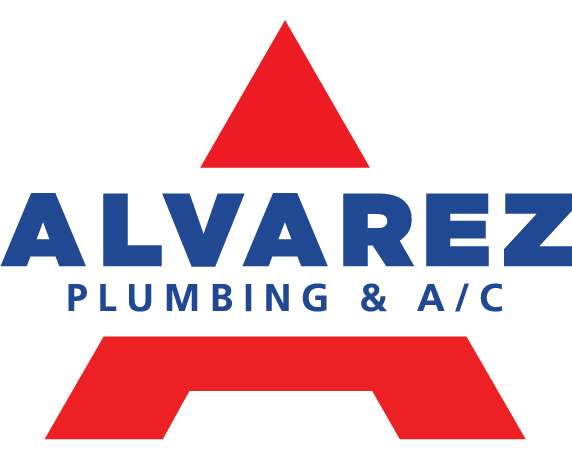If you are “hands on” and prefer to handle your own repairs, or you just want to save money, there are some plumbing tricks that you can use. For those of us that dare to take plumbing issues into our own hands, here are some pro-tips to help you be successful and make your life a little easier.
Faulty Shutoff Valves
If you have a shutoff valve that is leaking, or not shutting off properly, purchase a piggyback shutoff valve from a home improvement center instead of replacing the entire shutoff value. The piggyback shutoff valve connects to the existing shutoff. In this configuration, the original shutoff valve can be left open while the piggyback shutoff valve handles the “shutting off” function. This trick can save you a significant amount of time and money.
Loosen Stuck Pipes with Heat
When you have threaded connections that are stuck together, try using heat to help loosen them. You’ll need to let the heat work the connections for a few minutes, even longer if the pipes are old. You should only loosen stuck waste pipes with heat.
Reheat Solder When Pipes Cannot Seem To Be Cut
On those pipes that you just cannot cut, the best solution is to heat the joint and then pull off the fittings of the pipe when the solder starts to melt off. It is very important to have a wet rag readily available to wipe away the molten solder before it starts to harden. You may have to scour off some of the excess solder with sandpaper before you can slip on a new fitting for the pipe.
Replace Metal Drain Lines with Plastic
Believe it or not, plastic is better than metal drain lines because it is cheaper, easier to install, and easier to work with. Plastic also will not corrode. If you have metal drain leaks, replace them as needed with plastic drain lines. This will save you from future repair headaches.
Fixing Clogs
Before using a drain snake to unclog pipes, try to plunge it vigorously. While plunging fixes the problem, you should also clear out the clog. You can pick up a flexible-shaft pick-up tool for about $12 and use it to clear out the clog. Another way to quickly unclog pipes is by using a wet/dry vacuum, if you have one, using the suction to loosen whatever is causing the clog.
Do Not Tighten Supply Lines Too Much
A tighter connection does not necessarily mean a better one. When you tighten a connection too much, you may be ruining rubber seals. Upon loosening, the threaded nuts may crack. Try to only tighten lines just one notch past where they stop leaking.
Do Not Reuse Supply Lines
No matter how good you think the supply line is, do not reuse it. You may think it is going to save you a few bucks, but in the long run it will not because the plastic will degrade over time. Always, buy new supply lines that are encased in stainless steel.
Thread Tape
Cheap tape works just as fine as expensive tape, but the thicker the tape, the easier it is going to be to handle and tear. Tape should be used for pipe threads only, and should not be used on compression or other connections. It is best to wrap the tape three times around the piping and to wrap it clockwise around the threads.
Cut Stubborn Parts
Corrosion and mineral deposits are going to lock parts together, and it is going to be almost impossible to disconnect them. One of the best ways to disconnect them is to cut the stubborn part by using a hacksaw blade or rotary tool.
Use Caulk
Do not use plumber’s putty because it will damage some types of plastic and stain surfaces. It also will dry out, crack, and allow leaks to happen. It is best to use a silicone caulk because it is safer and will last a lot longer.
Use Thread Sealant
Because of machining and differences in finishes, pipe connections will never give you a 100% watertight seal. For this reason, it’s a good idea to use a thread sealant (aka Pipe Dope). Sealants come in different varieties, and each is made to work best with different materials and different properties. They can be used on compression fittings, ground fittings, and rubber seals.
Fixing Leaks in Copper Pipes
If you happen to find a leak in a copper pipe, a simple alternative to soldering is to cut out the damaged section (but not at a fitting) and put in a compression repair coupling. You can use a tubing cutter. Cut the pipe at the leak, and use a coupling to make the needed repair



Recent Comments